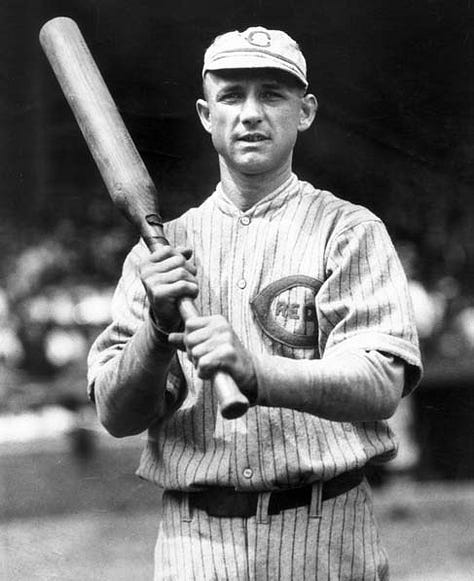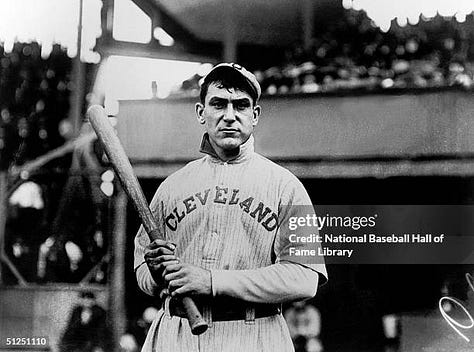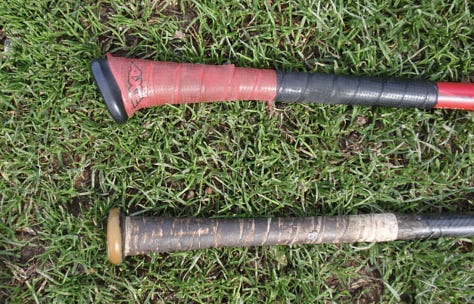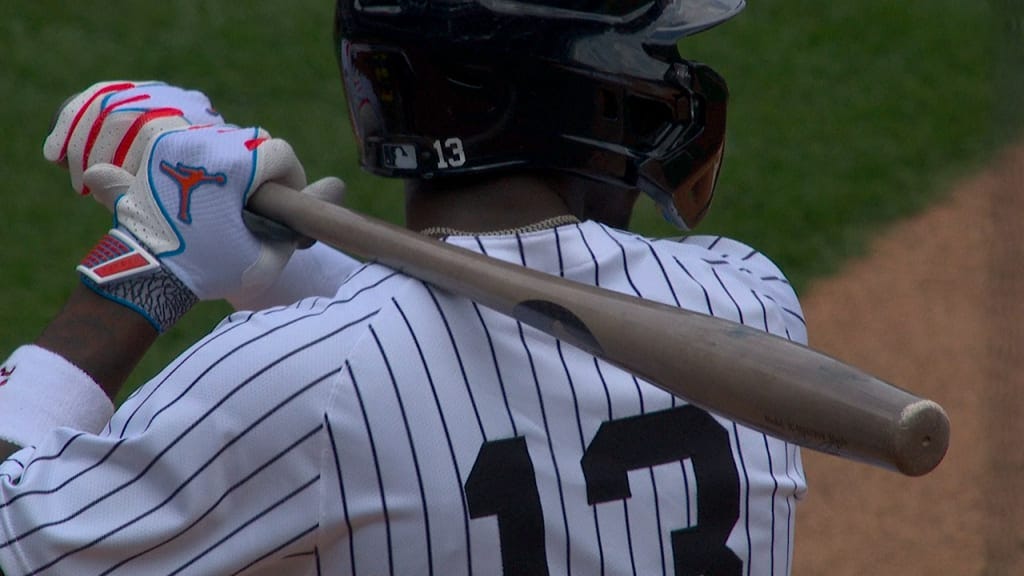The Yankees' "Torpedo" Bats are Smart. But Are They Optimal?
A Canada lab may have landed on an even better baseball bat design years ago
When a colleague showed Phil Evans an article about the Yankees’ ingenious “torpedo” bats on Monday, he had to chuckle.
“I can think of some things they could even do better,” Evans said.
Evans, a professor of wood science at the University of British Columbia, in Vancouver, appears to have been ahead of the curve when he published a study on baseball bat optimization with his student, Sadegh Mazloomi, in 2021. Four years later, baseball is just catching up.
Over the weekend, the New York Yankees made nationwide headlines after the YES Network’s cameras showed that several players were using oddly shaped bats this season — bats that seemed to taper at the very end with the meatier “sweet spot” closer to the handle. Their look was likened to a torpedo or a bowling pin.
They were apparently the brainchild of a former University of Michigan physics professor who worked in the team’s analytics department. He noticed that different players were more likely to connect with the ball at different points along the barrel. He customized each bat to place more mass where it would receive the ball more frequently.
The results (so far) have been striking. The Yankees slugged a record-tying 15 home runs over the weekend, with the torpedo-bat wielders enjoying the most success.
They’re a great spin on conventional bat design. But… are they as good as they could be?
Evans doesn’t think so.
When I called him this week, I found out he’s been testing out bat optimization techniques since at least 2014. Now nearing retirement, he wishes someone would have called him sooner.
“There have been so many advancements in pitching,” Evans said, “the hitters need help.”
Baseball fans and players are familiar with the term “sweet spot,” which generally refers to the impact point at which vibrations are least felt in the hands upon collision with the ball. When a ball hits the “sweet spot,” the hitter barely feels the collision. And, more importantly, no energy is lost — it all goes into the ball.
Mazloomi said there are actually two locations on the bat where this occurs—and maybe more. One is the “center of percussion” (COP), which is roughly at the center of the bat’s mass, and generally closer to the handle than the midpoint on the barrel.
There are also nodal vibration points along the bat that do something similar. Bat designers usually try to ensure that the nodes are in places where the barrel is thickest.

Using computer modeling, Mazloomi and Evans decided to see what could happen if they brought the COP and the nodal points together.
“We optimized the geometry of the bat by redistributing the mass to bring the nodal points and COP closer to each other,” Mazloomi said.
The result, in theory, would be much higher ball rebound velocities, less vibration, and better performance — like a supercharged sweet spot.
Call it the “OptiBat.”

Their conceptual design looks strikingly different. It has a barrel with a “hitting side” that is circular and a “non-hitting side” that is flatter, not unlike a cricket bat — except reversed. The weight, length, and other properties of the bat all stayed the same. But they were able to cut the distance between the COP and nodal points more than 300 percent.
Evans said the flat-backed design is fun-looking but probably wouldn’t have to stick.
“That’s just what proved to be the most optimal, because there's a hitting side to the baseball bat, and we shifted the mass in that way,” he said. “That would have been easy to do with the traditional bat, as with any other shape. So, yeah, we could certainly optimize it.”
They may not even have to. Baseball rule 3.02 states that “[a] bat shall be a smooth, round stick not more than 2.61 inches in diameter at the thickest part and not more than 42 inches in length. The bat shall be one piece of solid wood.”
Evans thinks there’s wiggle room beneath that definition, noting that the “axe handle” bats that have become popular already transgress the “round” regulation.
“For a mathematician interested in geometry, well, define a circle,” Evans joked.
Evans said it makes sense that the Yankees shifted the mass in their torpedo bats to create a sweet spot tailored for a hitter’s swing. But he’s not sure, by the looks of it, whether the COP and vibrational nodes are aligned as optimally as they could be.
“They could shift it from some of it from the other end too, because that's not really where you hit it either,” Evans said. “It’s a fairly simple concept that they've employed. Now, obviously you don't want to shift too much or the handle breaks, so it's kind of a balancing act there.”



Now that the cat is out of the bag on the torpedo look, other teams are already sizing up their own players’ configurations. But if they want to truly optimize their bats’ performance, they may want to call Phil Evans.
And hurry up. Because he’s ready to begin his retirement.
Talk soon,
Zach
References
Mazloomi, M.S.; Evans, P.D. Shape Optimization of a Wooden Baseball Bat Using Parametric Modeling and Genetic Algorithms. AI 2021, 2, 381-393. https://doi.org/10.3390/ai2030024






Great post, Zach!